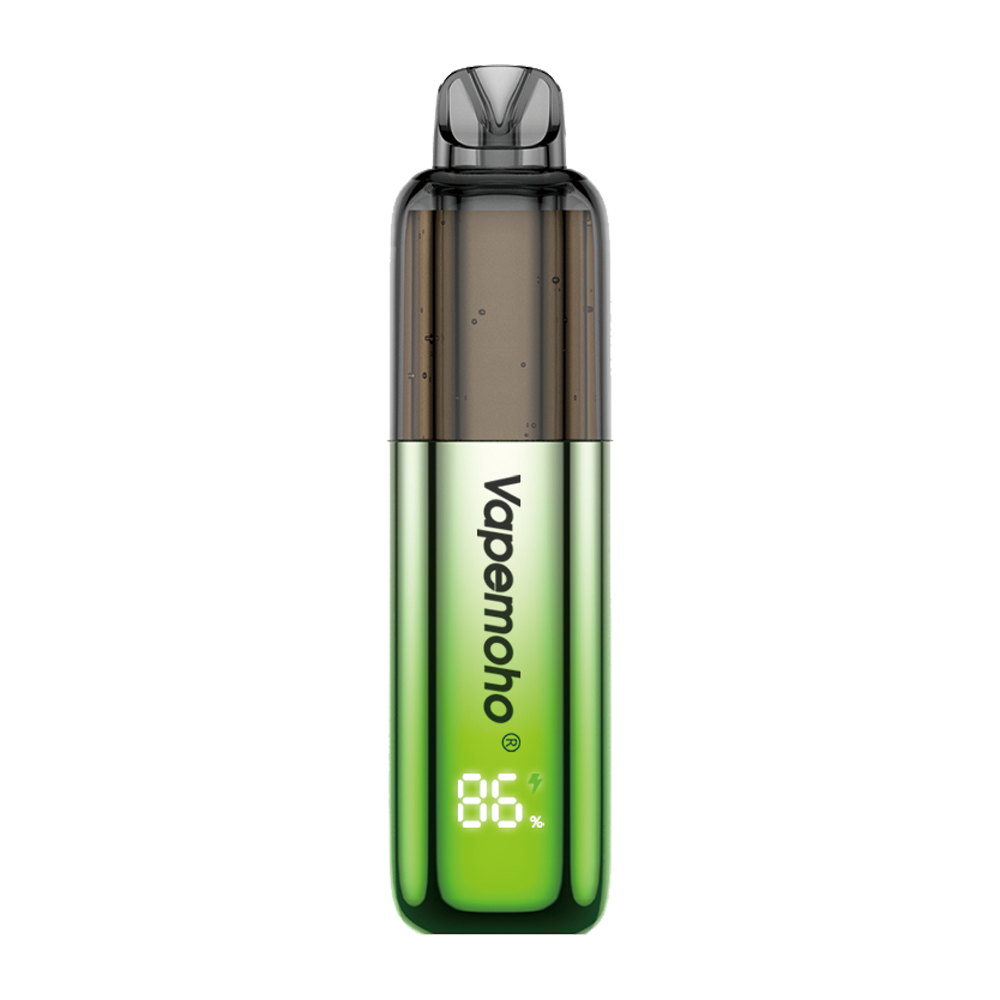In today’s global manufacturing landscape, ISO certification—particularly ISO 9001:2015—serves as a gold standard for quality management. ISO-certified factories do not just “meet” quality benchmarks; they embed structured, repeatable quality control (QC) processes into every stage of production. This article breaks down each core QC process, explaining how factories translate ISO requirements into actionable, day-to-day practices that ensure consistency, compliance, and customer satisfaction.
1. Documented Quality Management System (QMS): The Foundation of ISO Compliance
ISO 9001 mandates a fully documented QMS, and certified factories begin by formalizing three tiers of documents to eliminate ambiguity:
- Quality Manual: A top-level document outlining the factory’s quality policy, objectives, and organizational structure for QC. It aligns with ISO 9001 clauses (e.g., customer focus, leadership, improvement) and is approved by senior management.
- Procedure Documents: Step-by-step guides for critical processes (e.g., “Incoming Material Inspection” or “Non-Conforming Product Handling”). These are accessible to all relevant staff and include roles (e.g., QC inspectors, production supervisors) and timelines.
- Work Instructions (WIs) & Records: Granular details for frontline teams—such as “Calibrating a Torque Wrench” or “Sampling Rates for Plastic Parts”—paired with mandatory record-keeping (e.g., inspection checklists, calibration logs). Records are stored digitally (via ERP systems) for 3–5 years to enable audits.
2. Incoming Material Inspection (IQC): Stopping Defects at the Source
QC inspector verifying raw material dimensions against ISO specifications during incoming inspection
ISO requires factories to verify that raw materials and components meet specifications before production begins. The IQC process follows strict protocols:
- Receiving & Labeling: All shipments are labeled with a “Pending Inspection” tag to prevent accidental use. The QC team cross-references the delivery note with purchase orders and material specifications (e.g., material composition, dimensions).
- Sampling & Testing: Inspectors use ANSI/ASQ Z1.4 (AQL) standards to select representative samples (e.g., 5% of a 1,000-unit batch for critical components like circuit boards). Tests include visual checks (for scratches), dimensional measurements (via calipers or CMMs), and material validation (e.g., tensile strength for metals).
- Dispositioning: Materials pass (tagged “Approved”), are rejected (returned to suppliers with a non-conformance report), or require rework (e.g., cleaning minor surface defects). Suppliers of rejected materials must provide corrective actions to retain their approved status.
3. In-Process Quality Control (IPQC): Monitoring Production in Real Time
IPQC inspector monitoring production line and conducting real-time sample checks per ISO standards
IPQC ensures that production stays within ISO standards by checking processes at key stages, not just the final product. Factories implement:
- First Article Inspection (FAI): For every new production run or change (e.g., new tooling), the first unit is fully inspected against drawings. If it passes, production proceeds; if not, root causes (e.g., misaligned molds) are fixed immediately.
- Periodic Patrol Checks: QC inspectors visit production lines every 1–2 hours to sample units. For example, in electronics assembly, they may test solder joints for conductivity or check assembly alignment with fixtures. Data is logged in real time to track process stability (using tools like control charts for SPC).
- Operator Training & Self-Checks: All workers complete ISO 9001 training on QC expectations. They perform self-checks (e.g., a machinist measuring a part’s diameter) and flag anomalies using color-coded tags (red for defects, yellow for uncertainty).
4. Final Product Inspection (FPI) & Testing: Ensuring Customer-Ready Output
Before products leave the factory, FPI validates that they meet all customer and regulatory requirements:
- Full vs. Sampling Inspection: Critical products (e.g., medical devices) undergo 100% inspection, while non-critical items (e.g., plastic packaging) use AQL sampling. Tests include functional checks (e.g., a laptop’s battery life), performance testing (e.g., a pump’s flow rate), and compliance checks (e.g., CE marking for EU sales).
- Packaging & Labeling Verification: Inspectors confirm packaging protects products (e.g., shock absorption for electronics) and labels include required information (e.g., batch numbers, expiry dates for food-grade items)—a key ISO requirement for traceability.
- Certification of Conformance (CoC): Approved batches receive a CoC, a document stating the product meets ISO and customer specs. This is shared with customers to demonstrate compliance.
5. Continuous Improvement: The ISO Cycle of Excellence
ISO 9001 is not a one-time certification—it requires ongoing improvement. Factories use four key mechanisms:
- Internal Audits: Quarterly audits by trained internal auditors check if QMS processes are followed (e.g., “Are IQC records complete?”). Findings are documented in audit reports, and corrective actions are tracked to closure.
- Management Reviews: Senior management meets bi-annually to review QC performance (e.g., defect rates, customer complaints) and update quality objectives (e.g., “Reduce FPI rejects by 10% in 2024”).
- Customer Feedback: Complaints or suggestions are logged in a CRM system and analyzed for trends (e.g., “30% of complaints are about loose screws”). Root cause analysis (RCA) tools like 5-Why are used to fix issues (e.g., “Why loose screws? Torque wrenches were uncalibrated—solution: monthly calibration”).
- Corrective & Preventive Actions (CAPA): For every non-conformance (e.g., a batch of defective parts), a CAPA plan is created: “Correct” (rework/reject the batch) and “Prevent” (e.g., add a second torque check in IPQC). CAPA effectiveness is verified after 1–2 months to ensure issues do not recur.
Conclusion
ISO-certified factories’ quality systems are defined by structure, accountability, and continuous improvement. From documenting every process to inspecting materials, monitoring production, and learning from feedback, each QC step is designed to minimize risk, meet standards, and deliver value to customers. This rigor is not just about maintaining certification—it is about building trust in a competitive global market. For factories, ISO compliance is not a destination but a journey of refining quality at every turn.















